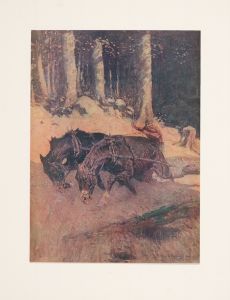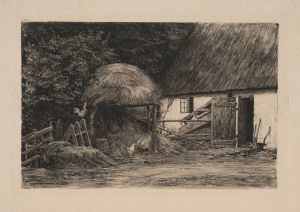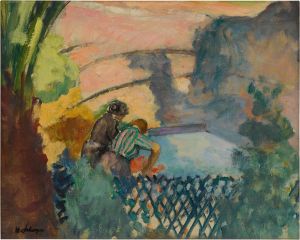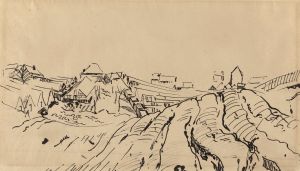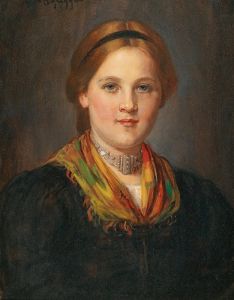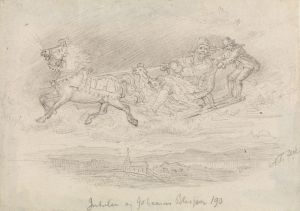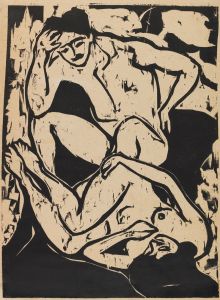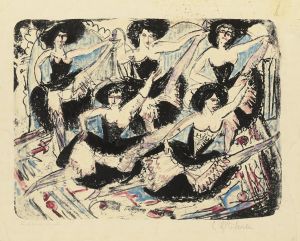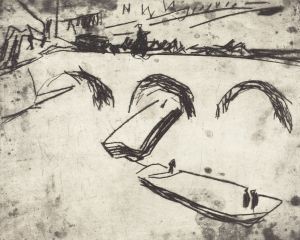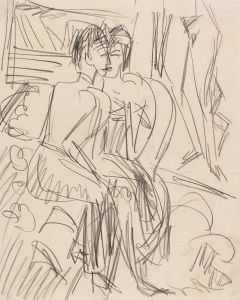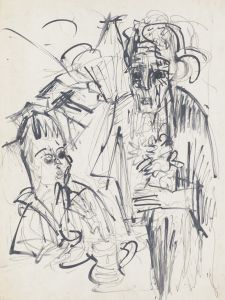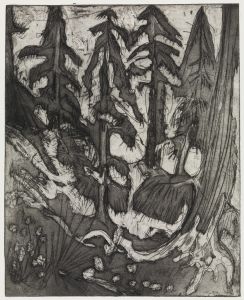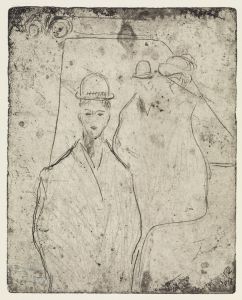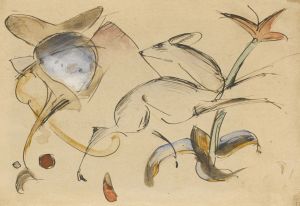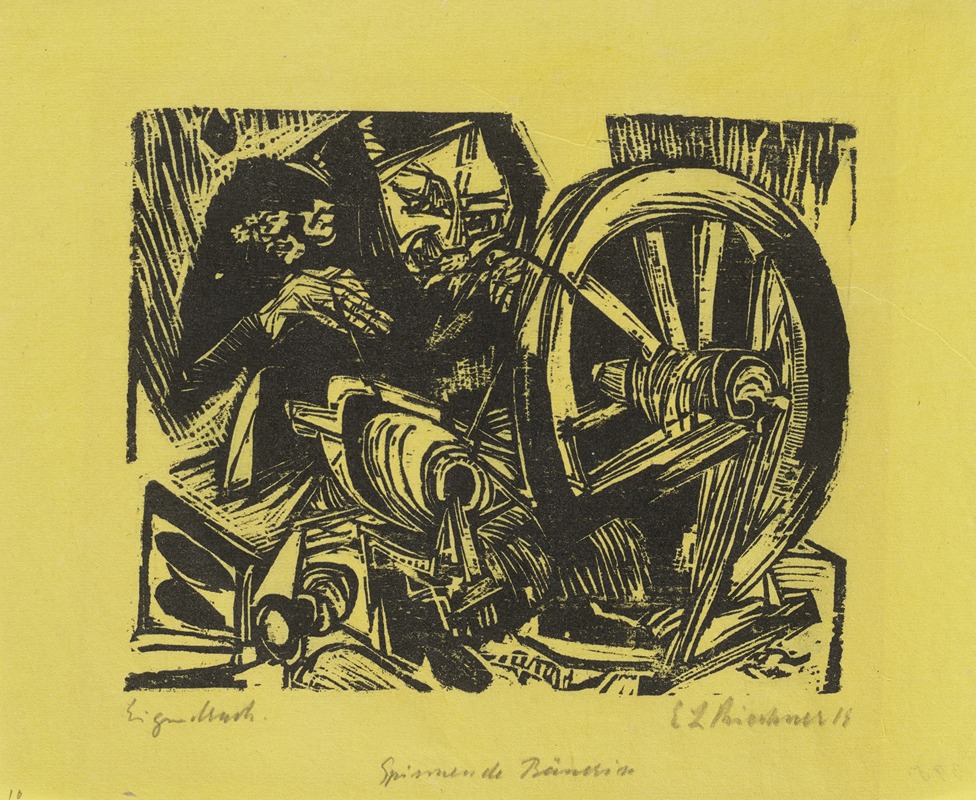
Spinnende Bäuerin
A hand-painted replica of Ernst Ludwig Kirchner’s masterpiece Spinnende Bäuerin, meticulously crafted by professional artists to capture the true essence of the original. Each piece is created with museum-quality canvas and rare mineral pigments, carefully painted by experienced artists with delicate brushstrokes and rich, layered colors to perfectly recreate the texture of the original artwork. Unlike machine-printed reproductions, this hand-painted version brings the painting to life, infused with the artist’s emotions and skill in every stroke. Whether for personal collection or home decoration, it instantly elevates the artistic atmosphere of any space.
Ernst Ludwig Kirchner (1880–1938) was a German expressionist painter and one of the founding members of the art movement Die Brücke ("The Bridge"). His works are known for their bold colors, dynamic compositions, and emotional intensity. Among his many paintings, Spinnende Bäuerin (translated as "Spinning Peasant Woman") is one of his notable pieces, reflecting his interest in rural life and traditional themes.
Spinnende Bäuerin was created in 1917, during a period when Kirchner was living in Davos, Switzerland. After suffering a mental and physical breakdown during World War I, Kirchner moved to the Swiss Alps to recover. This period marked a significant shift in his artistic focus, as he turned away from the urban themes and frenetic energy of his earlier Berlin street scenes to explore the tranquility and simplicity of rural life. The painting reflects this change, depicting a peasant woman engaged in the act of spinning, a traditional and timeless activity.
The composition of Spinnende Bäuerin is characterized by Kirchner's distinctive expressionist style. The figure of the woman is rendered with angular, elongated forms, and the colors are vibrant and non-naturalistic, emphasizing emotional resonance over realism. The background is simplified, with bold, flat areas of color that draw attention to the central figure. This stylistic approach aligns with Kirchner's broader artistic philosophy, which sought to convey the inner essence of his subjects rather than their outward appearance.
The painting also reflects Kirchner's admiration for the simplicity and authenticity of rural life, which he saw as a counterpoint to the alienation and industrialization of modern urban society. His time in Davos allowed him to immerse himself in the local culture and landscape, which became recurring themes in his work during this period.
Today, Spinnende Bäuerin is recognized as an important example of Kirchner's later work and his engagement with themes of tradition, nature, and recovery. The painting is held in a private collection and has been exhibited in various retrospectives of Kirchner's work, contributing to the understanding of his artistic evolution and the broader context of German expressionism.
This artwork, like much of Kirchner's oeuvre, continues to be studied and appreciated for its innovative approach to form and color, as well as its reflection of the artist's personal and historical circumstances.





